About Trajan's Market
Massive stone arches and towering brick walls form the ancient complex of Trajan's Market, a marvel of Roman engineering and urban planning. This multi-level structure, once bustling with merchants and shoppers, is considered the world's oldest shopping mall. The market's semicircular design, with its series of tabernae or shops, showcases the ingenuity of Roman architecture, providing both functionality and grandeur. The complex includes a large hall, known as the Great Hall, which served as a central hub for commerce and social interaction.
Constructed in the early 2nd century AD under Emperor Trajan, the market was part of a larger imperial forum designed by the architect Apollodorus of Damascus. This complex was not only a commercial center but also a symbol of Trajan's power and Rome's prosperity. The market's strategic location on the slopes of the Quirinal Hill allowed it to integrate seamlessly with the surrounding urban landscape, reflecting the sophisticated urban planning of ancient Rome.
Right Where It Began
Trajan's Market stands as a testament to the Roman Empire's economic might and architectural innovation. Built between 100 and 110 AD, it was part of Trajan's Forum, the last and largest of the Imperial fora. The market was designed to manage the increasing commercial activities of Rome, providing a centralized location for trade and administration. Its construction marked a significant development in the urban landscape of Rome, showcasing the empire's ability to create multifunctional spaces that catered to both economic and social needs.
Plan your perfect trip to Rome with Travo! Download now and start exploring.
Marks of Time
The enduring stone and brickwork of Trajan's Market bear the marks of centuries, with each layer of construction telling a story of adaptation and survival. The market's structure has withstood earthquakes, fires, and the passage of time, a testament to the durability of Roman engineering. The visible remains of the market, including the Great Hall and the various tabernae, offer a glimpse into the daily life of ancient Rome, where merchants and customers engaged in the vibrant exchange of goods and ideas.
Stories in Stone
The intricate details of Trajan's Market reveal stories of commerce and community. The market's design, with its wide corridors and open spaces, facilitated the flow of people and goods, creating a dynamic environment for trade. The tabernae, once filled with merchants selling everything from spices to textiles, reflect the diversity of products that flowed through the Roman Empire. The market's strategic location near the Roman Forum and other key sites underscores its importance as a hub of economic activity.
Details That Speak
Notice the remnants of decorative elements that once adorned the market's walls, hinting at the grandeur of its original design. The use of brick and concrete, innovative materials at the time, allowed for the construction of large, open spaces that could accommodate the bustling activity of the market. The market's semicircular shape, a departure from the traditional rectangular design of Roman fora, demonstrates the architectural creativity that characterized Trajan's reign.
Living History
Today, Trajan's Market serves as a museum and archaeological site, offering visitors a chance to explore the remnants of ancient Rome's commercial heart. The market's preservation and integration into the modern cityscape of Rome highlight the enduring legacy of Roman architecture and urban planning. As visitors walk through the ancient corridors and gaze upon the towering arches, they are transported back in time, experiencing the vibrant atmosphere of a marketplace that once thrived at the center of the Roman Empire.
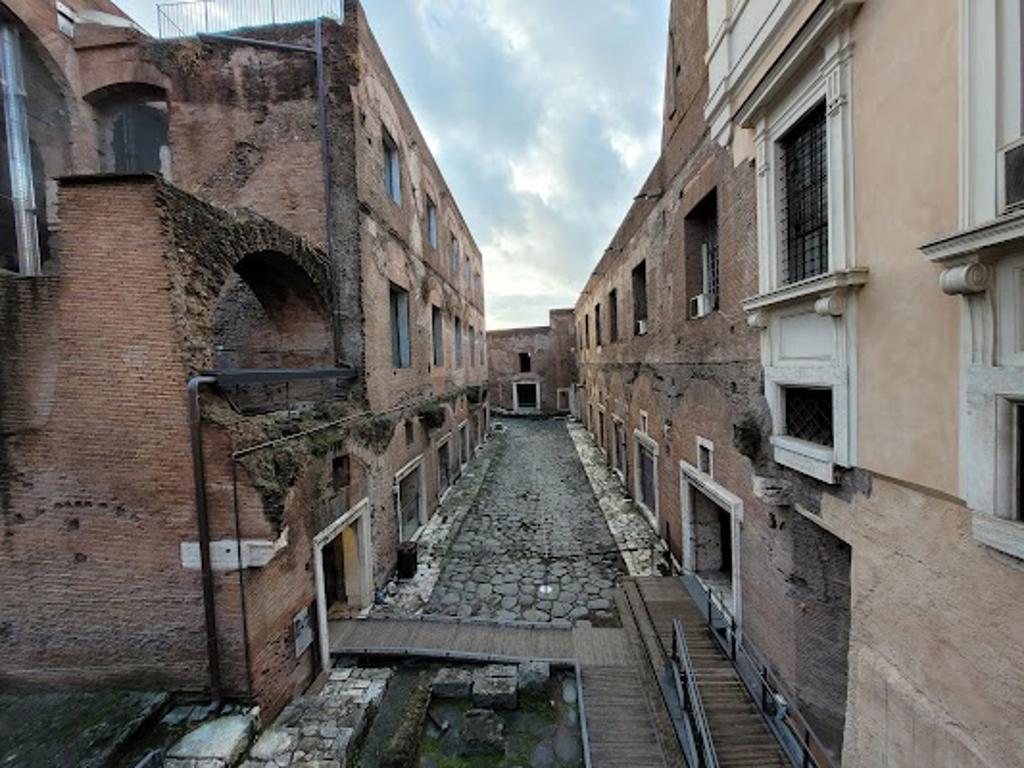
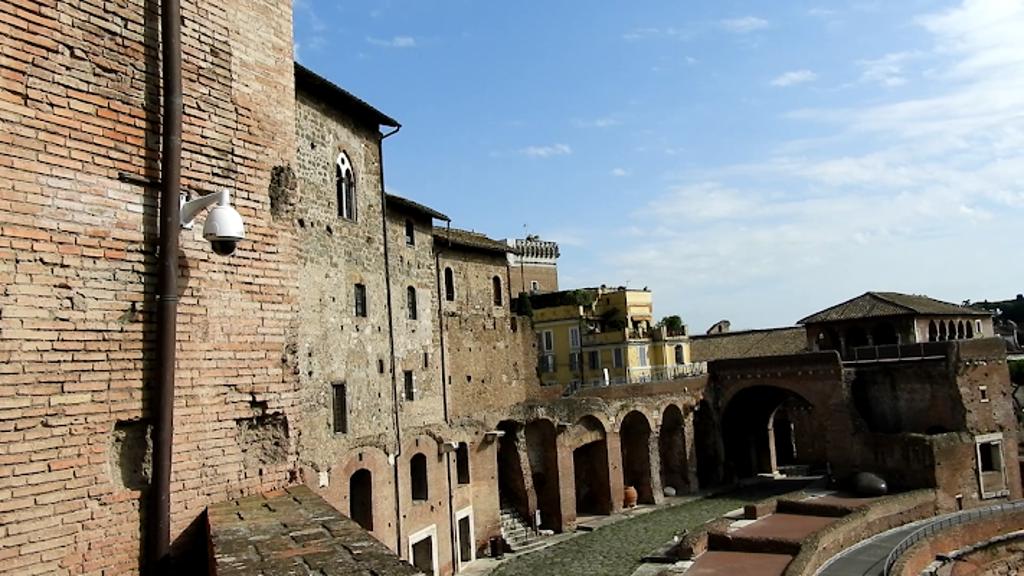
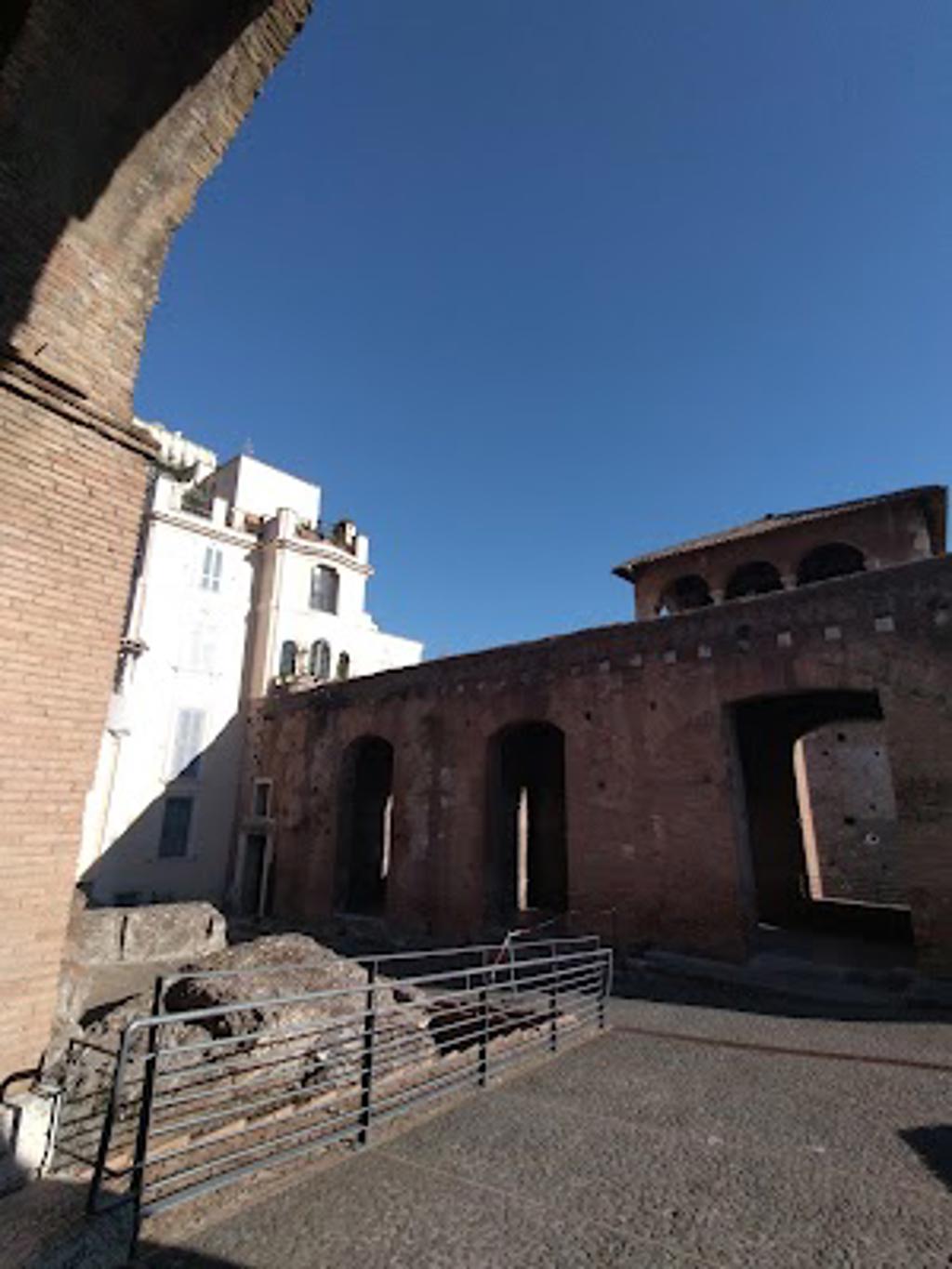
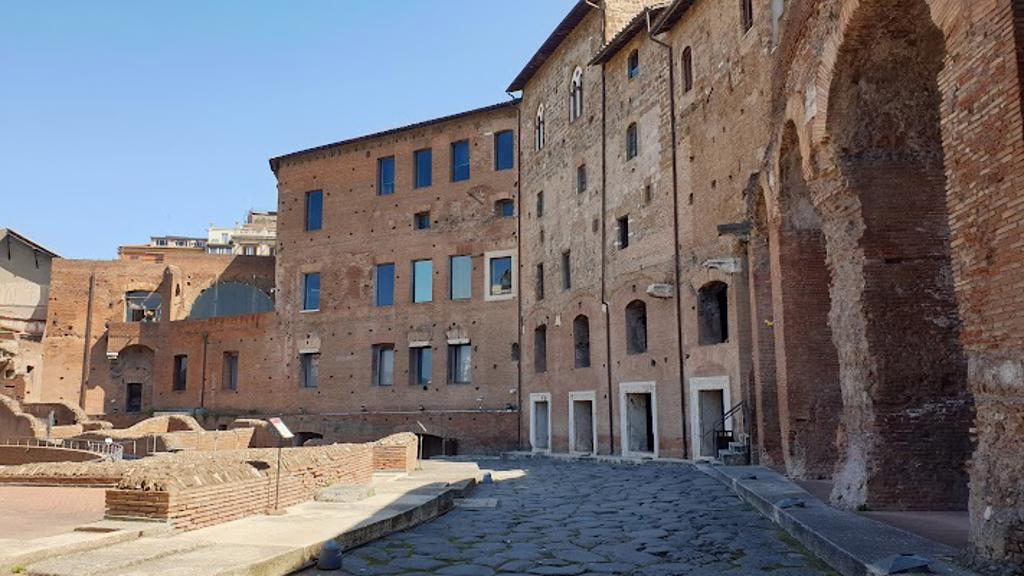
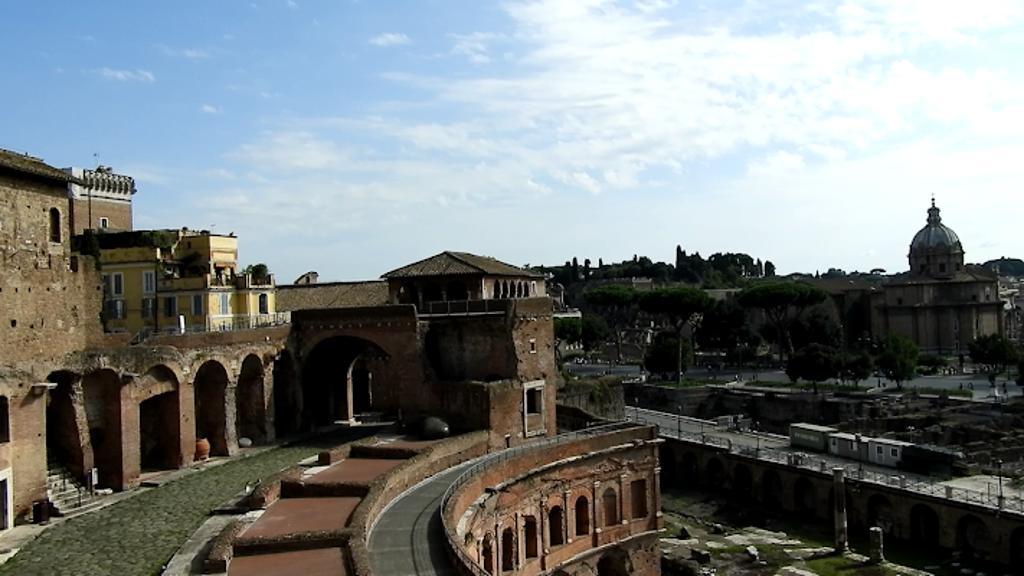
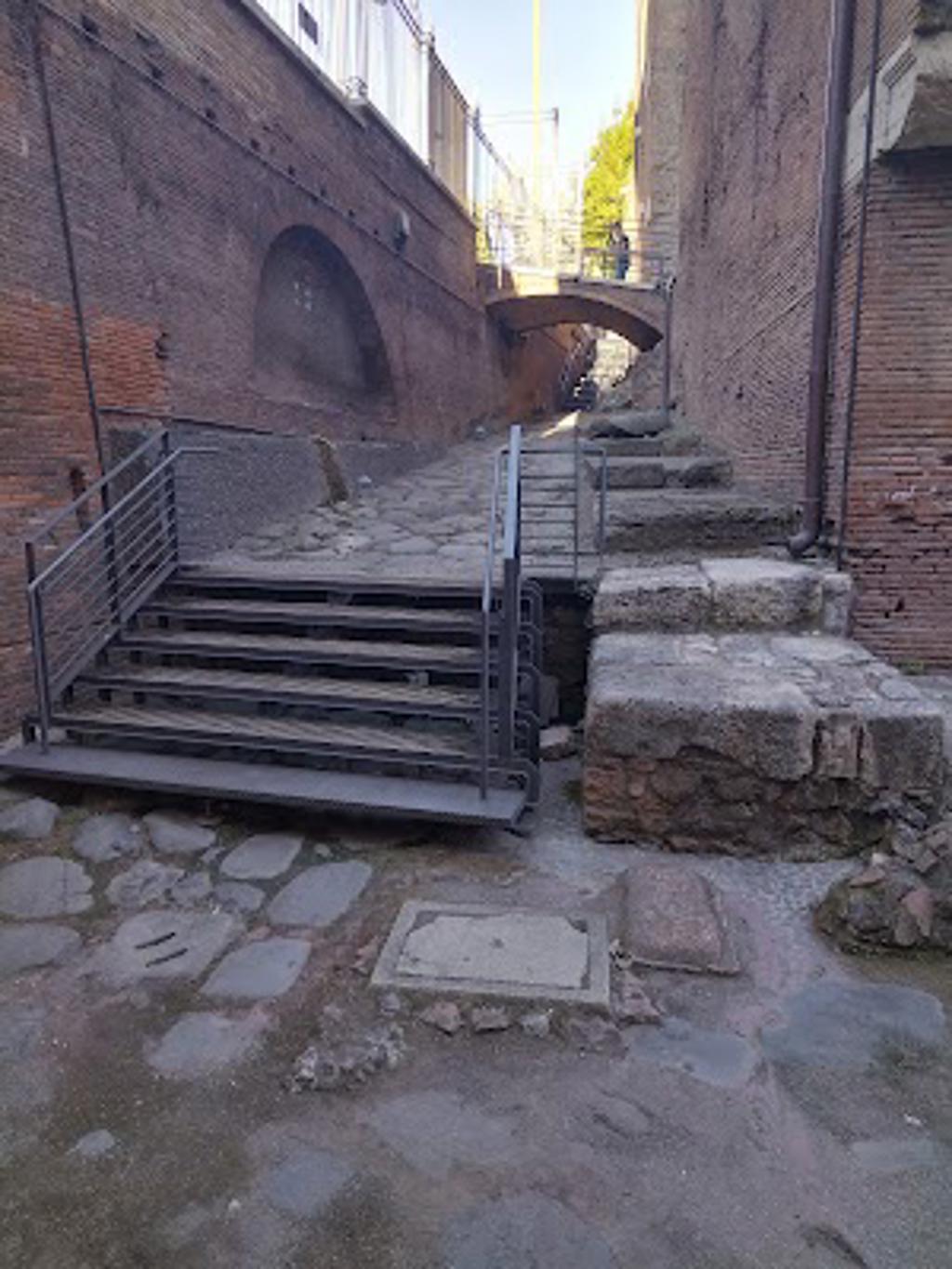
Map loading...
Location
Via Biberatica, 00187, Rome
